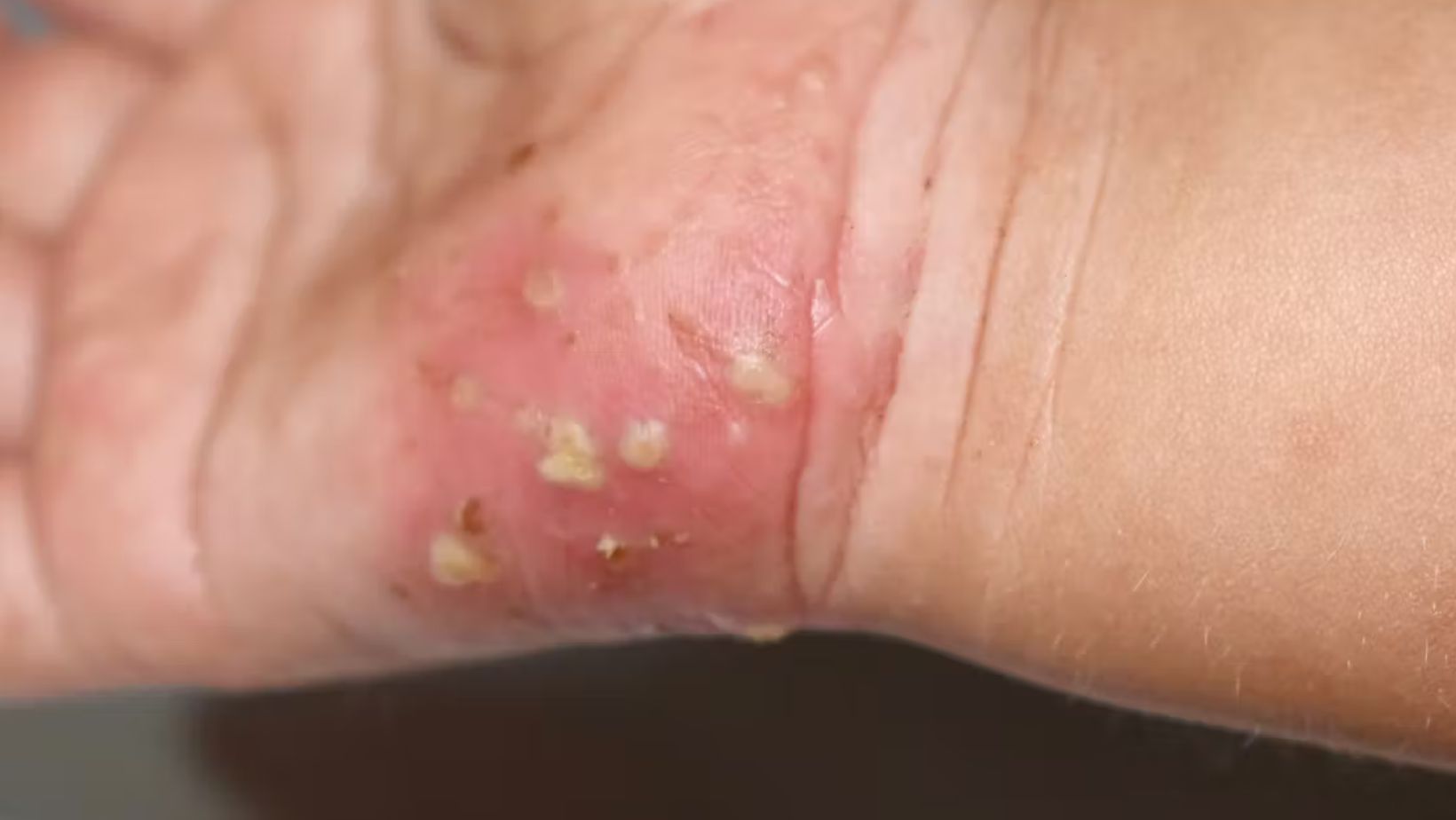Google searches for “NSW scabies outbreak” have recently surged following an outbreak of the highly contagious skin condition in New South Wales. The Illawarra Shoalhaven Local Health District, located south of Sydney, confirmed that an initial case was detected at Wollongong Hospital in late July. Since then, at least 11 patients and 23 hospital staff have been diagnosed with scabies across four hospitals in the region.
The outbreak has raised concerns as health authorities work to contain the spread of the condition, which can be challenging to manage due to its contagious nature and delayed onset of symptoms.
What Is Scabies and How Does It Spread?

Scabies are caused by a microscopic insect called the Sarcoptes scabies mite, which burrows into the skin to lay eggs. The condition typically presents as an intensely itchy rash with small raised bumps or “tracks” on the skin, often appearing in folds between fingers, under the armpits, or in the groin area. The itching tends to worsen at night or after a hot shower.
Transmission occurs through close skin-to-skin contact or via contaminated items like bedding, towels, and clothing. The mites can survive outside the human body for up to 48 hours, allowing for further spread. Symptoms may take two to eight weeks to develop after exposure, complicating efforts to identify and isolate cases promptly. This delay also means individuals can unknowingly transmit the infestation before symptoms appear.
Hospitals Grapple with Scabies Outbreak Control
Hospitals in the affected area are implementing strict infection prevention measures, including isolating patients with confirmed or suspected scabies in private rooms and requiring healthcare workers to use protective equipment. Staff members diagnosed with scabies are being advised not to return to work until at least 24 hours after treatment. Meanwhile, extensive contact tracing is underway to identify those who may have been exposed.
Despite these measures, experts warn that healthcare-associated outbreaks can be challenging to control. The delayed symptom onset, combined with the high transmissibility of scabies, poses significant challenges.
Treatment and Precautions of Scabies
Fortunately, scabies can be treated effectively with over-the-counter creams or lotions, which are applied to the entire body and repeated after one week. After initial treatment, individuals are no longer contagious within 24 hours. Health officials recommend that close contacts of those infected also receive treatment to prevent further spread.
To further reduce the risk of transmission, affected households should wash bedding, towels, and clothing used in the previous 48 hours in hot water. For items that cannot be washed, sealing them in a plastic bag for at least one week will kill any remaining mites.
A Common Condition in Dense Settings
While the outbreak in NSW hospitals has drawn attention, scabies is relatively common worldwide, affecting more than 200 million people at any given time, according to the World Healtht Organizaion. It is especially prevalent in areas with high population density or limited access to healthcare, such as remote Indigenous communities in Australia. Outbreaks can also occur in nursing homes, child care centers, prisons, and detention facilities, where close contact is unavoidable.
Though outbreaks like this are concerning, health experts stress there is no need for widespread panic. Those affected are advised to monitor for symptoms and seek medical attention if an unusual rash develops. With ongoing public health efforts and stringent infection control measures, authorities aim to bring the outbreak under control as quickly as possible.